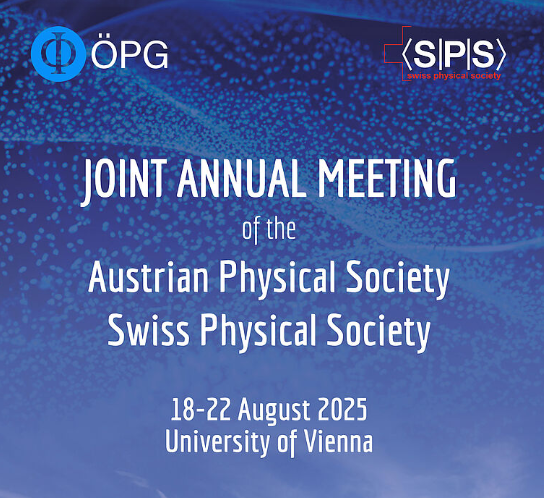https://doi.org/10.1140/epjp/i2019-12620-4
Regular Article
The gravitational two-body system: The role of the Thorne hoop conjecture
1
The Ruppin Academic Center, 40250, Emeq Hefer, Israel
2
The Hadassah Academic College, 91010, Jerusalem, Israel
* e-mail: shaharhod@gmail.com
Received:
20
December
2018
Accepted:
8
January
2019
Published online:
18
March
2019
The innermost stable circular orbit (ISCO) of a black-hole spacetime marks the boundary between stable circular geodesics of test particles and unstable geodesics that plunge into the central compact object. In the present compact paper we use the famous Thorne hoop conjecture in order to address the following physically intriguing question: Does the gravitating two-body system possess an ISCO for arbitrarily large values of the dimensionless particle-to-black-hole mass ratio  ? Interestingly, analyzing the role of the hoop conjecture in this gravitating two-body system, we provide compelling evidence that the answer to this seemingly simple question may be negative in the regime
? Interestingly, analyzing the role of the hoop conjecture in this gravitating two-body system, we provide compelling evidence that the answer to this seemingly simple question may be negative in the regime  of near-extremal Kerr black holes. In particular, it is pointed out that, according to the Thorne hoop conjecture, a co-rotating particle that moves along the ISCO of a rapidly spinning Kerr black hole may be engulfed by a larger horizon (with
of near-extremal Kerr black holes. In particular, it is pointed out that, according to the Thorne hoop conjecture, a co-rotating particle that moves along the ISCO of a rapidly spinning Kerr black hole may be engulfed by a larger horizon (with  ) if its dimensionless mass parameter lies in the regime
) if its dimensionless mass parameter lies in the regime  . To the best of our knowledge, this important conclusion, which is a direct consequence of the Thorne hoop conjecture, has gone unnoticed in the physics literature for almost five decades.
. To the best of our knowledge, this important conclusion, which is a direct consequence of the Thorne hoop conjecture, has gone unnoticed in the physics literature for almost five decades.
© Società Italiana di Fisica and Springer-Verlag GmbH Germany, part of Springer Nature, 2019




